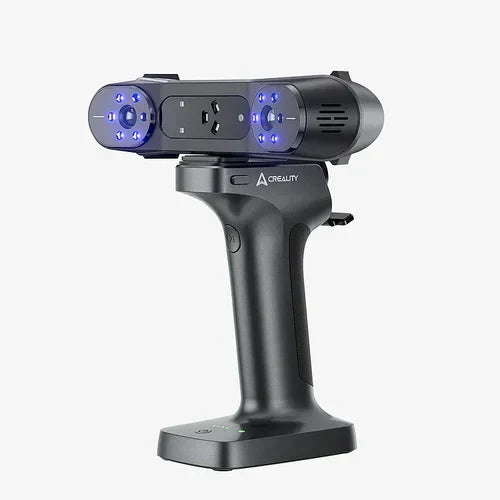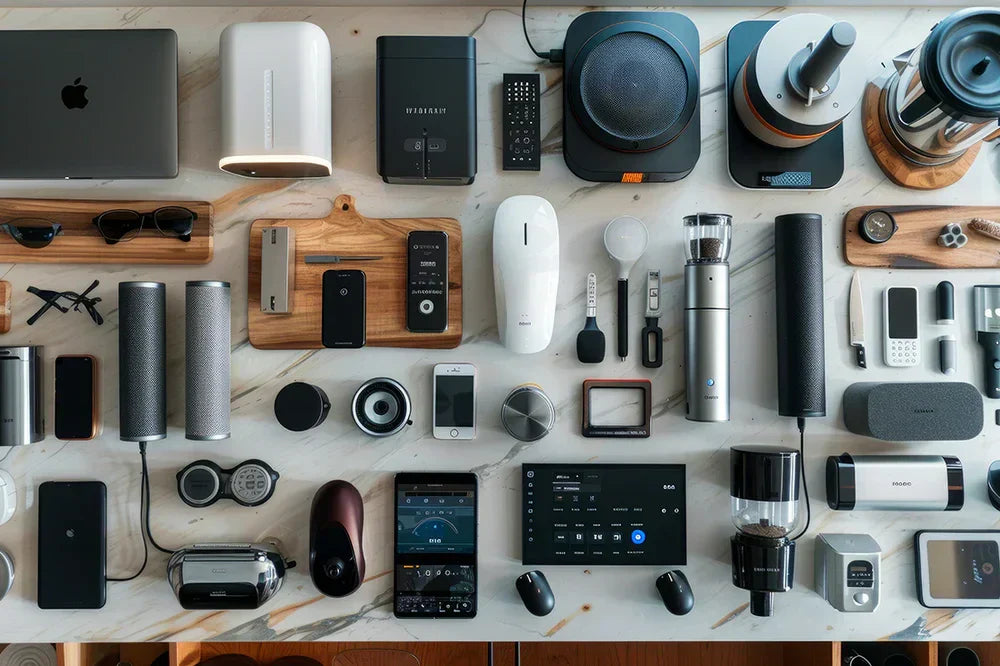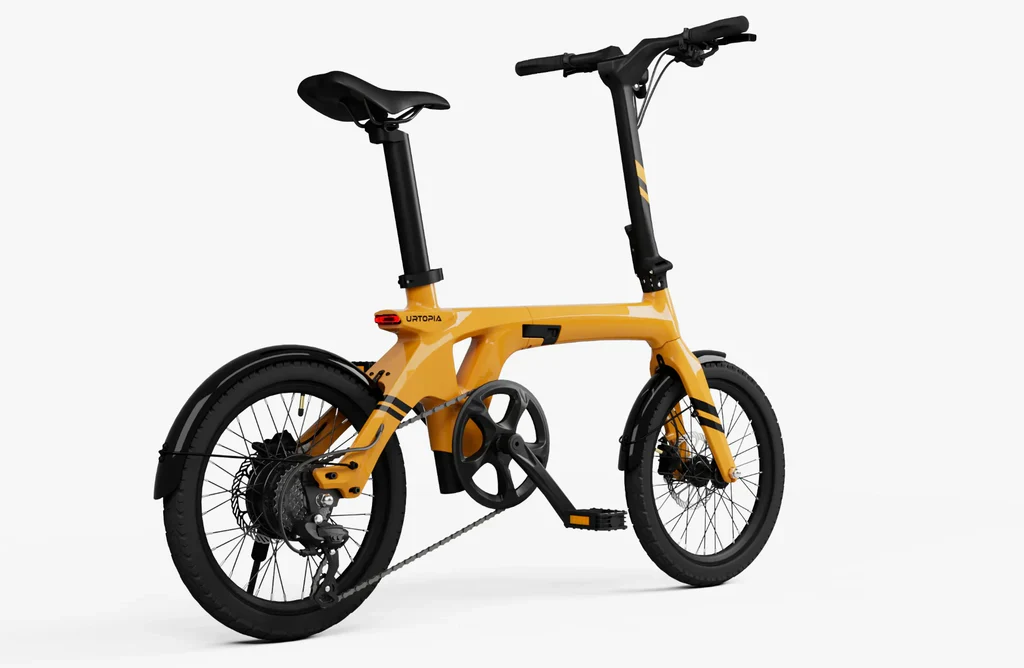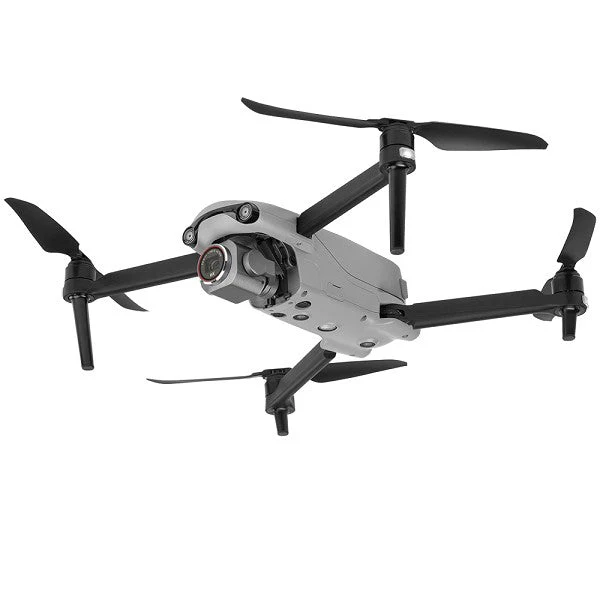Shopping for a 3D scanner can feel like stepping into a tech jungle. With new models, terms, and specs flying around, how do you know what actually matters? If you're into product design, quality control, or just want to bring physical objects into your digital workflow, picking the right 3D scanner makes all the difference.
This guide breaks down the five most important things to consider before buying. By the end, you’ll feel more confident about scanning smarter, not harder.
Determine How You’ll Use Your 3D Scanner
The first thing to figure out is how you’ll use the scanner. A 3D scanner for personal projects has different needs than one for professional use. Will you scan small tools, medium-sized objects, or large objects like machinery, sculptures, or furniture?
Handheld 3D scanners are flexible and great for scanning large objects in the field. Fixed-base scanners work better in controlled spaces and often give higher consistency for small to medium-sized objects. For creative work, speed and ease of use might be more important than max resolution. But for industrial design or precision scanning, accuracy becomes key.
Knowing your main goals helps filter out features that don't match your workflow.
Choose the Right Type of 3D Scanner for Your Needs
Different 3D scanning technology serves different purposes. The right type depends on your experience level, budget, and the kind of detail you need.
- A 3D laser scanner delivers excellent accuracy and is ideal for capturing fine detail in engineering, heritage preservation, or parts replication.
- Structured light scanners work quickly and are known for consistent results in everyday 3D scanning use.
- Photogrammetry builds models from multiple photos, which is affordable but slower and less precise.
Some scanners specialize in objects that don’t move. Others are designed for on-the-go scans in busy environments. For professional use, the time saved by choosing the right type of device will add up quickly.
Compare 3D Scanner Accuracy and Resolution
When it comes to scan quality, two specs matter most: accuracy and resolution. Accuracy reflects how closely the scan data matches the real object, while resolution determines how much detail is captured during the scan.
Scanning high-detail objects like gears, prototypes, or artwork means you’ll need higher resolution. On the flip side, scanning large objects for layout or space planning may not require that same accuracy level.
Not every project needs perfection. Scanners that offer adjustable resolution can be a smart middle ground. You’ll avoid overpaying for power you don’t need while still getting quality, controlled scans.
Check Software Compatibility and Export Options

After the scan, you need to do something with that data. That’s where software compatibility becomes a deal-breaker. Look for 3D scanners that support formats like STL, OBJ, or PLY so you can work easily with modeling software or printers.
Good software also streamlines cleanup, alignment, and editing. Some tools even offer real-time scanning feedback, which speeds up your workflow and reduces errors. If the software is confusing or doesn’t support your devices, even the best scanner can become frustrating quickly.
Checking compatibility is especially important when buying a 3D scanner online. Ensure the software is compatible with your operating system and offers clear export paths. It’s the piece of the puzzle that turns raw data into usable models.
Factor in Price, Warranty, and Support
Every buyer wants to stretch their budget, but with 3D scanners, the lowest price isn't always the best value. Look at what comes in the box. Are you getting essential accessories like cables, stands, or a carrying case?
Also, check the warranty and service terms. A strong return policy or repair program will save you headaches later. Reliable support is worth its weight in gold for buyers who regularly use 3D scanning.
Working with a trustworthy gadget shop makes this easier. All Gadget World offers detailed product info, warranties, and a team ready to help with questions. That support can be a lifeline when you're deep into a project and your scanner throws a curveball.
Your Next 3D Project Starts with the Right Scanner
Choosing a 3D scanner isn’t just about picking something popular. It’s about finding the right match for how you work, what you scan, and the level of detail you expect. Consider your use case, scanner type, resolution needs, software, total value, and support.
From scanning large objects for industrial design to working with medium-sized objects in product design, every detail matters. Scan data that’s clean, accurate, and easy to process to save time and frustration. Whether you're buying your first scanner or upgrading to something with more features, a little planning goes a long way.
All Gadget World is an online gadget store that takes the guesswork out of buying gear. Browse their range of 3D scanners for sale, read up on specs, and get the guidance you need from a team that knows their stuff. From essential accessories to top-rated models, your next 3D scanning adventure starts with the right device.
Ready to find the 3D scanner that fits your vision? Explore your options at All Gadget World today.






Share:
Online Gadget Store Shopping Tips for Beginners